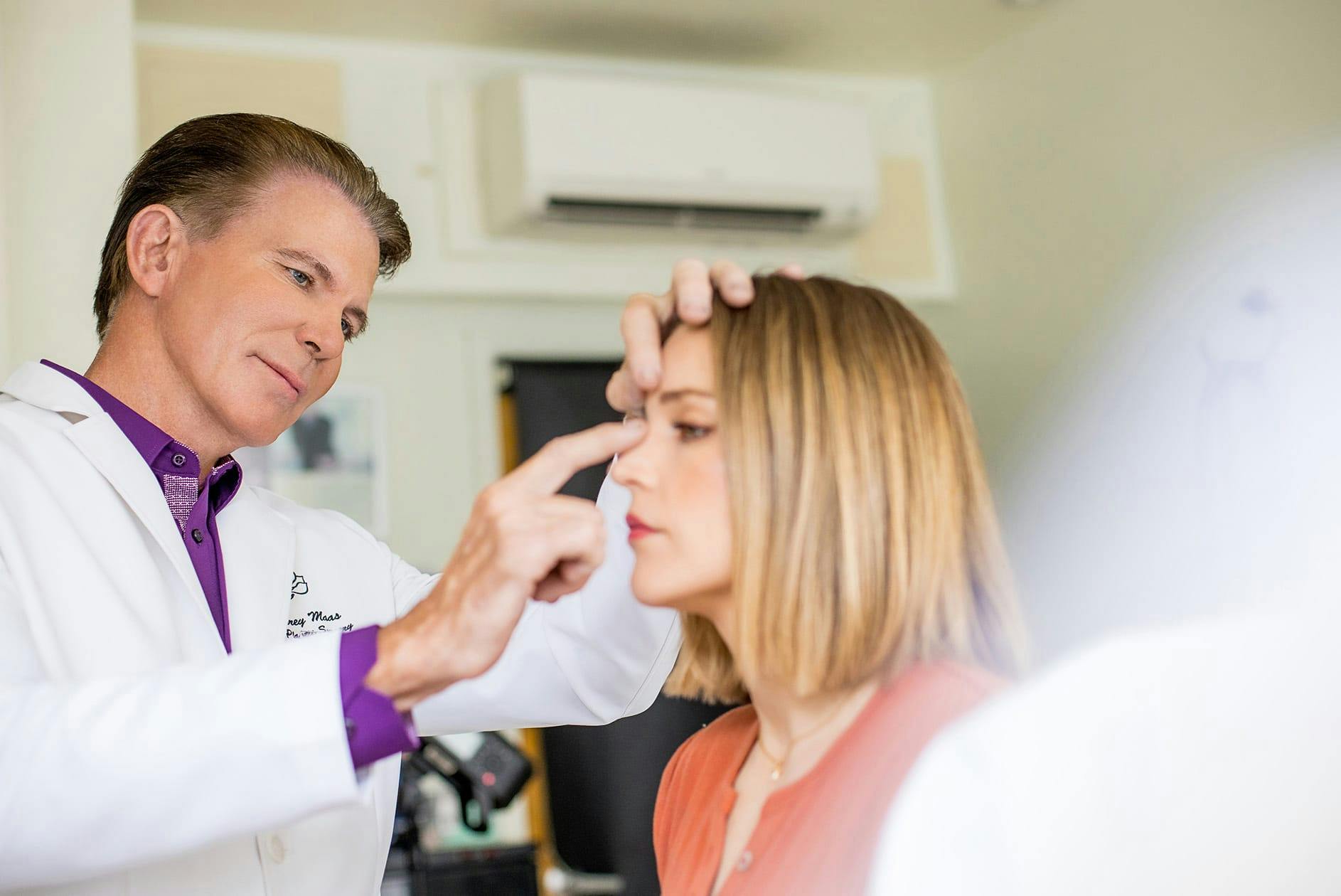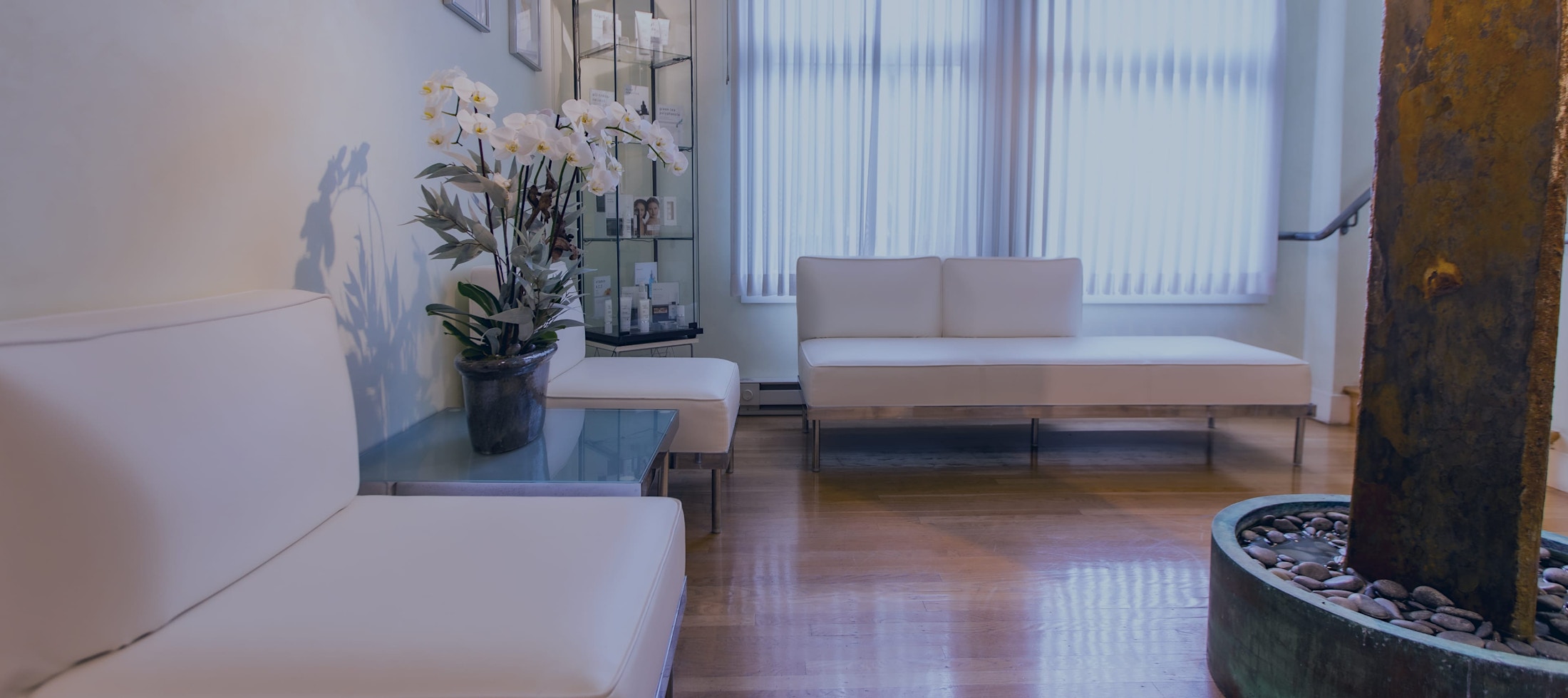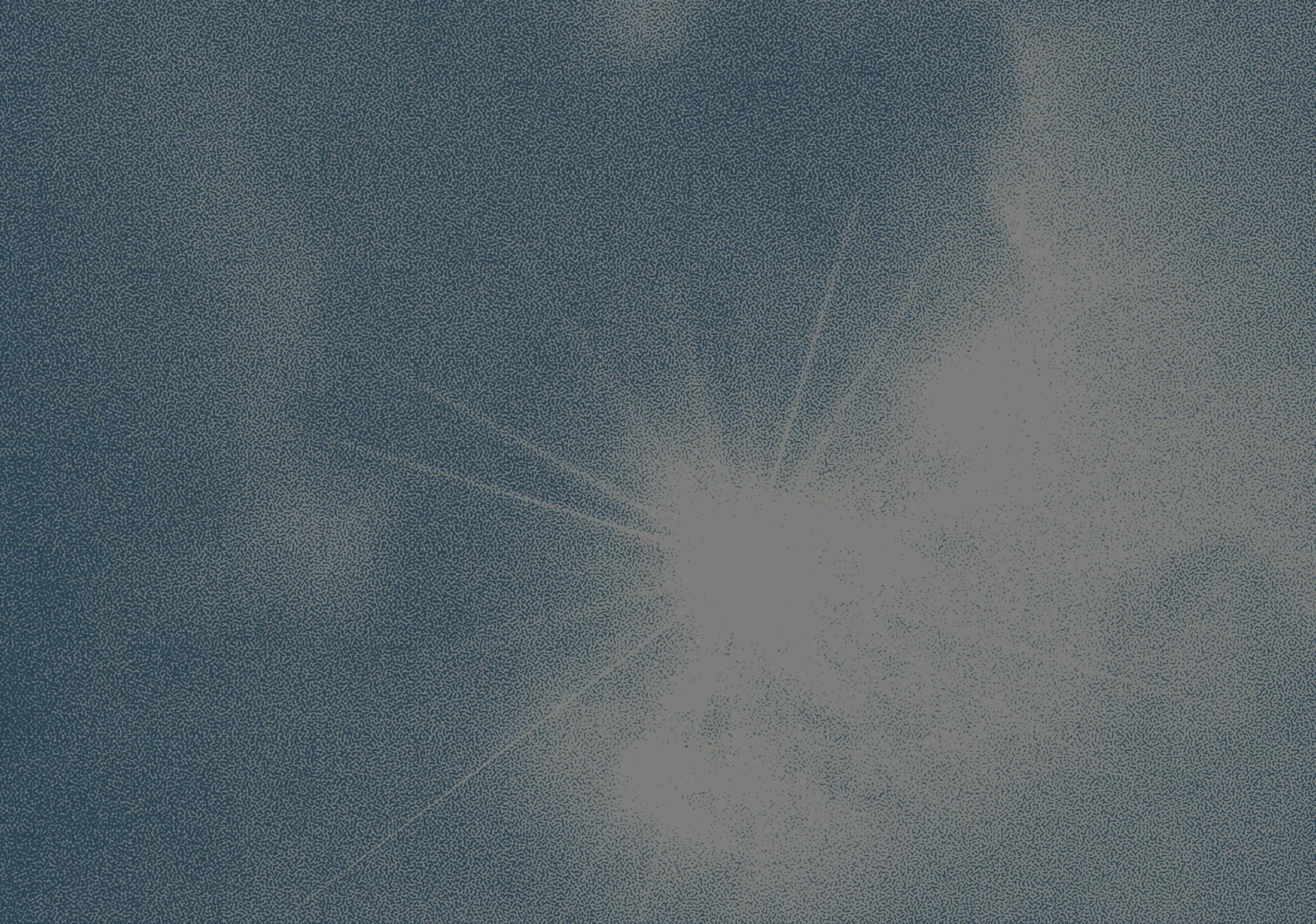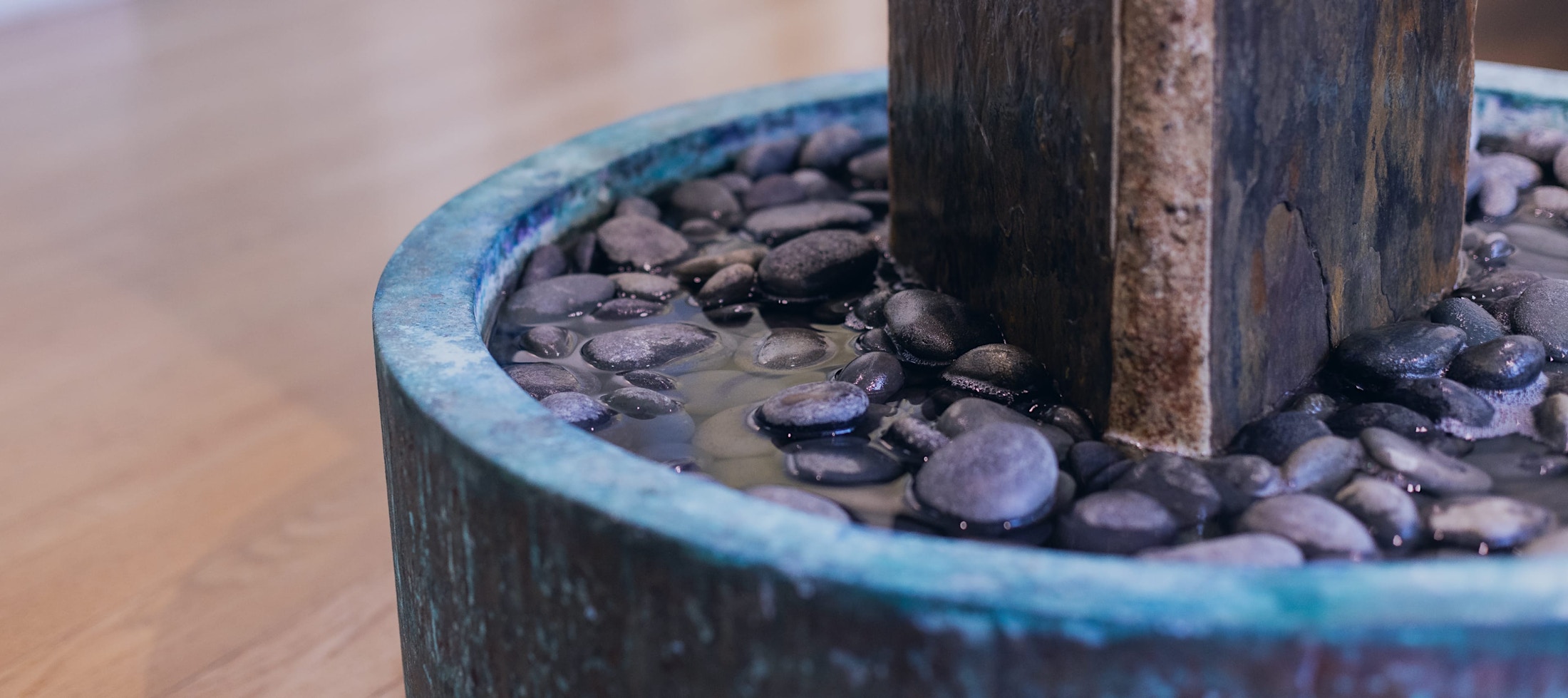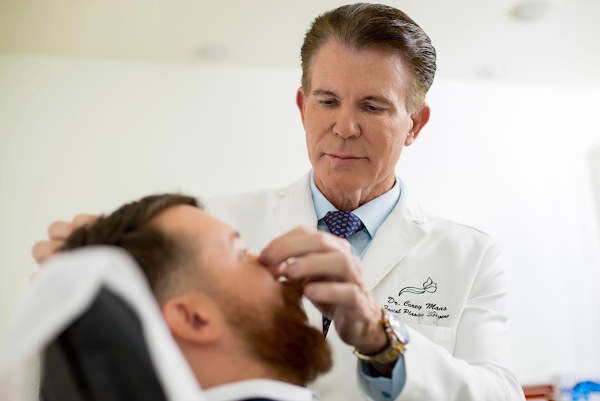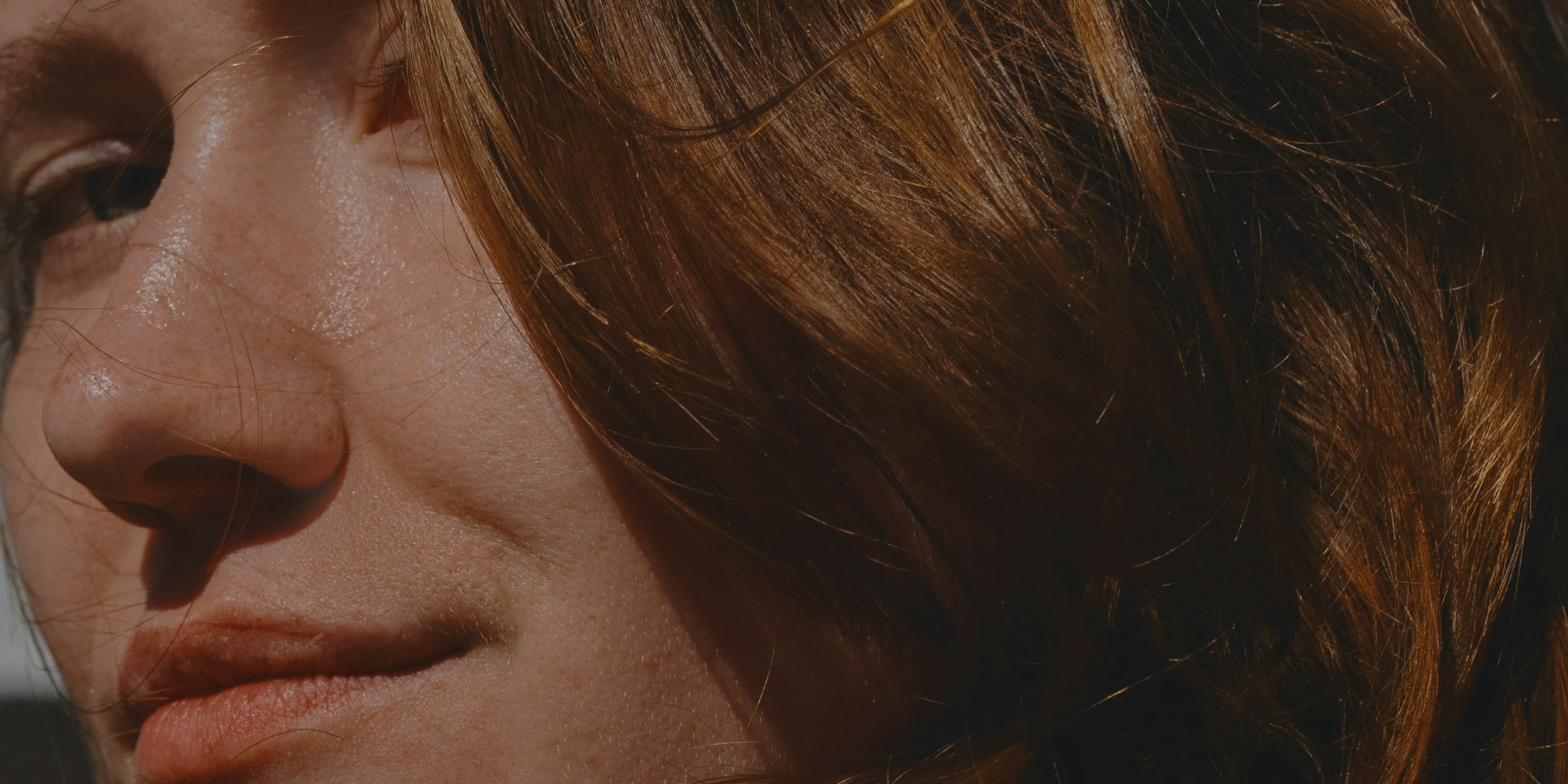Surgeon Corey S. Maas, MD, specializes in reconstructive and cosmetic surgical techniques for rhinoplasty in San Francisco. These techniques enhance the symmetry, proportion, and alignment of the facial anatomy.
What is Rhinoplasty?
Rhinoplasty, or cosmetic nose surgery, is a procedure used to change the nose's appearance by altering the shape, size, or proportion to the rest of the facial features. Also referred to as a "nose job," this procedure can profoundly impact the entire appearance of your face, which is why rhinoplasty is such a significant surgery for some patients.
While rhinoplasty alone can substantially affect your appearance, it can also be combined with other procedures like chin augmentation to enhance your facial contour further. Rhinoplasty can also be used to improve the function of the nose in some cases, such as straightening a crooked (deviated) septum to enhance both the form of the nose and your ability to breathe easier. However, the primary focus of the surgery is cosmetic.
You might consider rhinoplasty if you have any of the following concerns:
- The nose is too big or too small.
- The nasal bridge is too broad, narrow, or crooked.
- The nasal tip is droopy, hooked, too pointed, or too broad.
- There is a hump or a concave on the bridge.
- Nostrils are too wide, too small, or asymmetrical.
- Your nose is not in proportion with the rest of your face.
Dr. Maas will discuss your concerns in detail and your goals for surgery so you can decide whether rhinoplasty is the right choice for you. Rhinoplasty tends to produce the best results in patients who are in generally good health and do not smoke. If you do smoke, Dr. Maas may recommend you quit for a few weeks before and after your procedure to prevent potential complications and achieve the best possible outcome.


